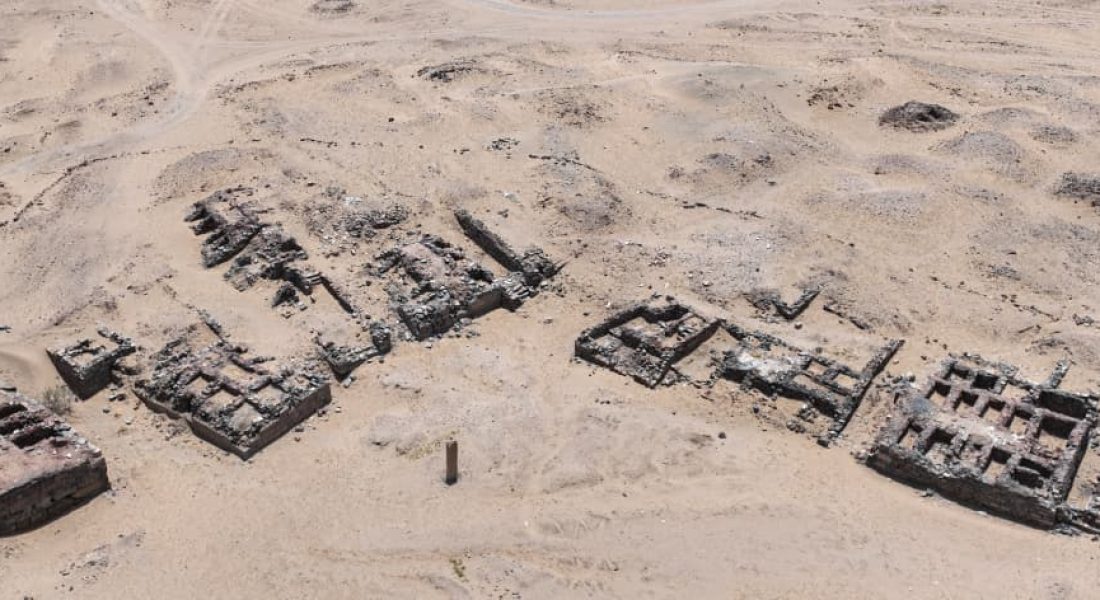The Masam Landmine Clearance Project – Yemen continues its humanitarian mission in Shabwah Governorate, working to protect civilians and safeguard Yemen’s cultural heritage from the threat of landmines.
Project Masam’s demining teams have announced the full clearance of the archaeological city of Timna, located in the Usaylan District – the historic capital of the ancient Kingdom of Qataban – after Houthi militias had turned the site into a minefield during their occupation of the area.
The Kingdom of Qataban, which flourished between the 8th century BCE and the 2nd century CE, was one of southern Arabia’s great ancient kingdoms, known for its trade in frankincense and myrrh, and its sophisticated architecture. Today, Timna stands as one of Yemen’s most significant archaeological treasures, bearing witness to this long and storied history.
Shabwah is among Yemen’s most heavily contaminated governorates. Years of conflict saw landmines and improvised explosive devices (IEDs) planted around homes, roads, and farmland – and even at archaeological and cultural sites – to restrict movement and control access. These explosives continue to threaten lives, hinder development, and endanger Yemen’s irreplaceable historical legacy.
Local resident Abdulrab bin Salem Shanoun confirmed that the teams had restored safety to the site after years of danger, saying: “The militia turned the site into a death zone, but the Masam project cleared it and brought it back to life. It represents our heritage and history.”
Clearing the ancient city of Timna marks an important step in protecting Yemen’s cultural identity. Heritage sites like Timna are not only part of the country’s past, they are vital to its recovery, offering opportunities for education, tourism, and national pride.
This operation forms part of Project Masam’s wider efforts to clear archaeological and cultural landmarks, including Hayed bin Aqeel and other historic areas across Shabwah, to preserve lives and safeguard humanity’s shared cultural heritage.

